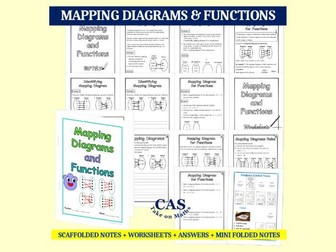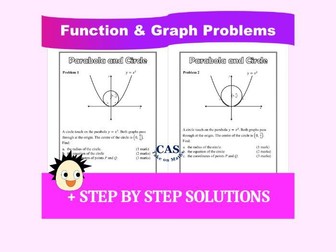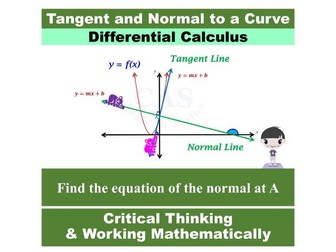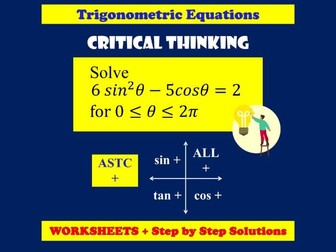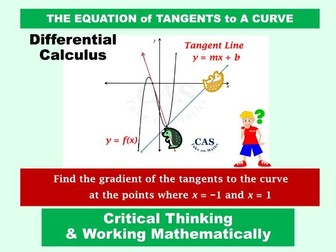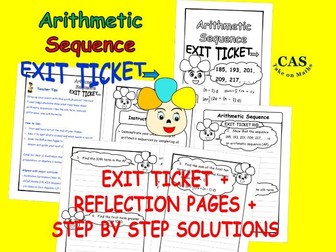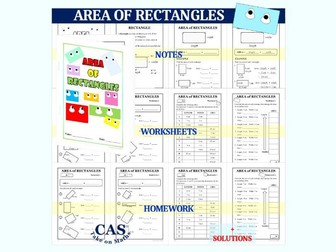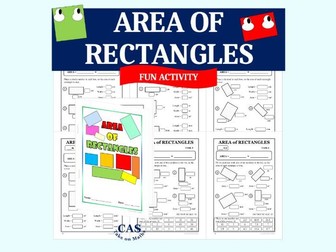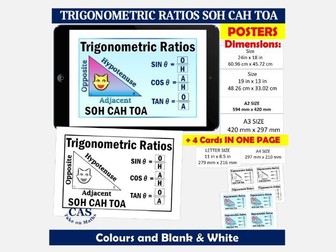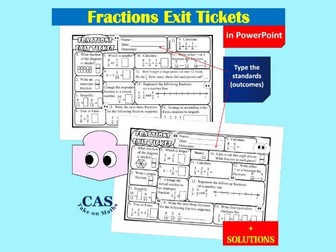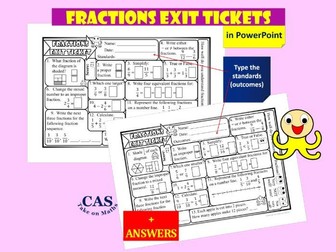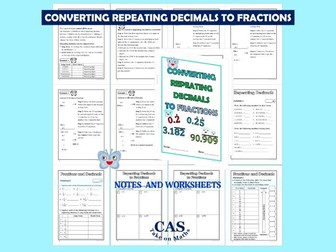Grades 9 to 12 Mapping Diagrams and Functions Workbook
MAPPING DIAGRAMS AND FUNCTIONS WORKBOOK
Scaffolded notes + worksheets + solutions + mini folded notes to learn and practise:
Understand that a mapping diagram consists of two parallel columns connected by lines or arrows that show the relationship between input and output values.
Explain the relationship between the inputs and the outputs of mapping diagrams.
Draw a mapping diagram of the ordered pairs.
Determine whether the mapping diagrams represent a function.
Draw a mapping diagram for functions.
There are two styles of the workbook.
Style 1: Cover, fill in the blank notes and worksheets
Style 2: Cover, completed (filled) notes and worksheets
Total pages in each workbook: 14
Easy classroom preparation:
For workbook: Just print and staple all pages together to make a book.
For Mini folded note: print, fold and glue the pages to make a mini notebook.
Grades: 9th & 12th
Learning Outcomes:
Define and use a relation as mappings between sets and as a rule or a formula that defines one variable quantity in terms of another.
Identify types of relations on a given domain and range (ordered pairs) using mapping diagrams.
Understand that a function is a rule that assigns to each input exactly one output. The graph of a function is the set of ordered pairs consisting of an input and the corresponding output.
Also comply with Australian Curriculum:
Use function notation, domain and range, independent and dependent variables (ACMMM023)
Understand the concept of the graph of a function (ACMMM024)
Other Resource about Mapping Diagrams and Relations
[Functions-Classifying and Mapping Relations Workbook] (
More Resources:
Colouring Pages
Fun Activity
Topics:
Numbers
Times Table
Fractions
Decimals
Percentages
Significant Figures
Consumer Maths
Financial Maths
Algebra
Pythagoras Theorem
Measurement and Geometry
Functions
Visit my shop :)
